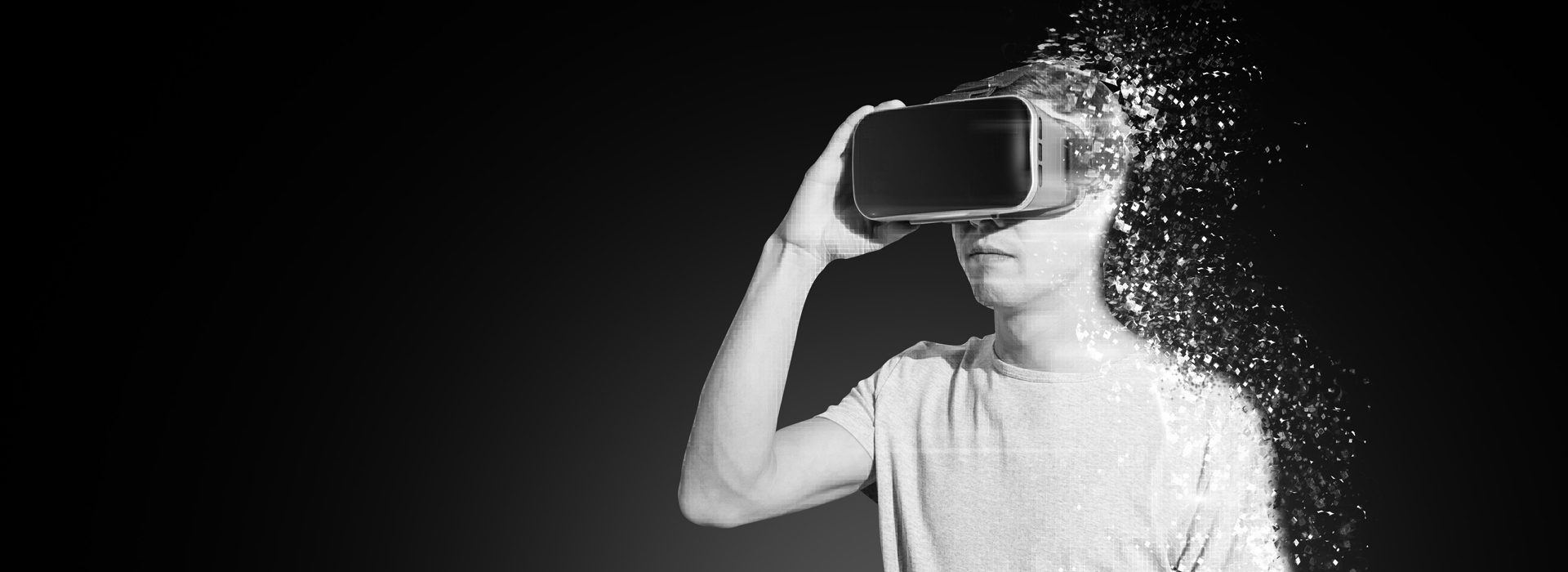
As consumers, we have been using a blend of online, and brick & mortar shopping for a while now. But we always look forward to more options, more convenience, easy return and what not. We are sure that a lot of women want to try lip colours while shopping online, to see if they go well with their skin tone. And a lot of men want to smell a fragrance even while ordering online. All of this isn’t a distant dream; it is reality, Augmented Reality.
Augmented Reality (AR) is a modified reality, where real-world elements are augmented by computer-generated sensory inputs such as sound, video, graphics or GPS data. Augmented reality provides brands with an opportunity to engage customers better by creating rich and interactive experiences.
It can convert a box of Cornflakes into a video game, a beer pitcher into a musical jukebox, your favourite edition of Vogue magazine into a virtual changing room, the main road hoarding into a discount coupon and a normal newspaper into an image gallery. Classic brands like Acer, Ray-Ban, Starbucks and Domino’s have given unique experiences to consumers abroad, using augmented reality. While Domino’s encouraged passersby to scan their billboard ad to receive a special discount, Volkswagen created an ad that users could ‘launch’ via their phones to explore the features of Volkswagen’s new models and even test drive them virtually.
There are innumerable ways in which marketers can use augmented reality. For instance, restaurants can give a virtual feel of the ambience; highlight their signature elements like live music or candlelight dinners on weekends and other similar ideas. A footwear brand can encourage users to click a picture of their feet, enter the size of the shoes/sandals/slippers they normally wear and then accordingly suggest, give options and virtually make them wear the chosen footwear. Furthermore, brands can allow them to share it on their social media and let their friends vote. Apart from assuring customer satisfaction, this will multiply the brand’s reach manifold, on the digital platform.
With the rate at which access to the internet is increasing in India, this surely is the best time to revamp the Indian marketing scenario. Moreover, Indians have been accepting and appreciating digitalization very well, so brands need not worry about any resistance from consumers.
Augmented reality sounds so much like altering reality, doesn’t it?
